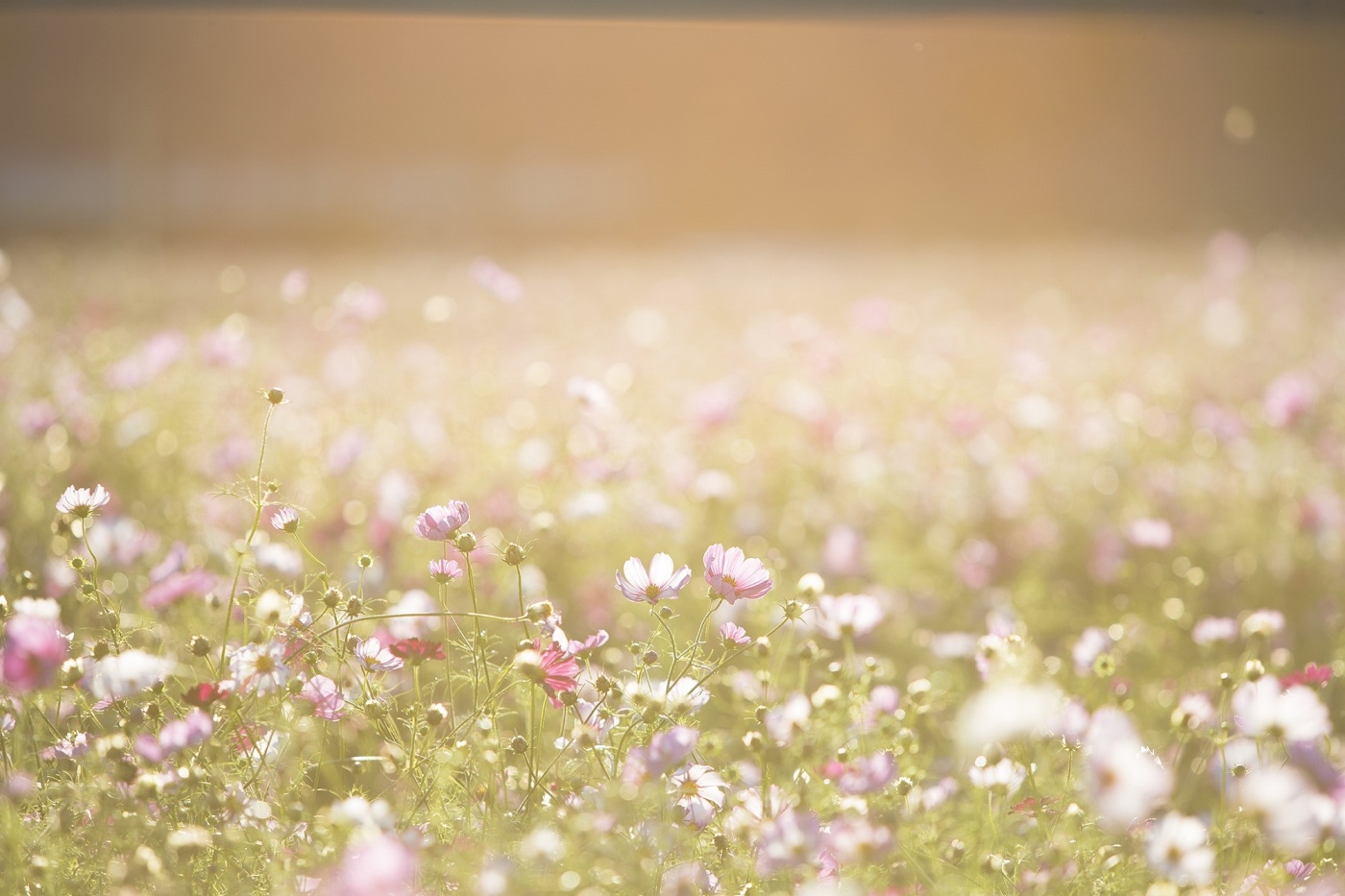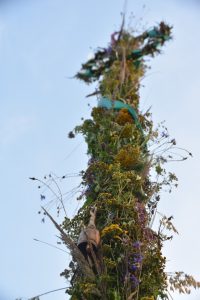
The Longest Day of the Year
While for each of us the seemingly longest day of the year will likely fall on different dates (and in this case likely isn't much to be celebrated), in truth the actual longest day of the year is the one with the most daylight! Typically, this day falls on June 21, but it can fall anytime between June 20-22. For most of those reading this, Summer Solstice has but one meaning and purpose - to herald the beginning of the Summer season, inviting everyone out of doors to play in the long, warm days. Yet this date is also of significance to some cultures, marking the day with unique celebrations and traditions. It is also an astronomical event marking a specific moment in our annual cosmic journey, so this day is long in both light and significance. I am of the mind that we can always have more things to celebrate and look forward to, so I invite you to explore the Summer Solstice to celebrate the season, and all the fun that comes with it!
Astronomically Speaking...
The solstice has to do with the tilt of the Earth's axis and it's position in it's orbit around the sun. There's a clue in the word "solstice", even, as speakers of Latin-based and Scandinavian languages will tell you, "sol" means "sun". There is a Summer and Winter Solstice, as well as a Spring and Fall Equinox, the equinox marking the halfway point between the solstices.
The Summer Solstice occurs when the Earth's axis is tilted towards the sun; Winter, when it's tilted away. For those of you with friends and family in the Southern Hemisphere, the solstices are swapped; as we celebrate our Summer Solstice, the Southern Hemisphere has their Winter Solstice. It makes sense that as we have our longest day, they would have their longest night! For 2023, the Summer Solstice will occur on June 21 at 7:57 AM, when our end of the Earth is at it's closest point of the year to the sun.
Roots
The Summer Solstice is of importance to many cultures worldwide, and for some considered to be a magical and holy day. Some of you reading may be aware of old European Midsummer traditions. For example, the Celtic tribes kept time by tracking seasons, and celebrating important moments in the agricultural cycle. As John King discusses in his book The Celtic Druids' Year, the Celts' year was likely Midsummer to Midsummer, and the midsummer date was important as not only the marking of a new year, but it also marked the first harvest of hay. Other activities for Midsummer for Celtic Druids included picking and drying flowers and herbs for herbal remedies, magic spells, and fabric dyes. This is also the time of year that many berries ripen, so naturally berries were picked (and eaten!). Indeed, berries are still a traditional food for many Midsummer celebrations.
As the Summer Solstice celebration has its origins in paganism, and with the arrival of Christianity across Europe, some Midsummer celebrations shifted to a celebration of John the Baptist. Typically celebrated shortly after the Solstice on June 24, the Feast of St. John is still celebrated with the pagan tradition of bonfires in some countries, such as Norway and Denmark.
Of course, the Celts and Europeans were far from the only cultures that were/are celebrating the Solstice. Many Native American cultures have or had Solstice celebrations, including the Chumash, Aztecs, and Maya. The day was also of significance in Ancient Egypt and China. In the present day, the Midnight Sun festival in Nome, Alaska kicks off their Solstice celebrations. Regardless of where and how the Winter Solstice has been celebrated, it is generally considered a time to gather, relax, reflect on the past year, pray for a good harvest, and honor fertility. Celebrations typically include light, fire, music, song, dancing, and feasting.
Celebrating Midsummer, Swedish Style
The Summer Solstice is also called Midsummer, and while Midsummer is celebrated in many countries and certain communities all over the world, it is one of the biggest celebrations of the year in particular for Sweden. In 2019, many became aware of Midsummer celebrations due to the release of the horror film Midsommar, providing a unique twist on horror as in some parts of Sweden around Midsommar the sun does not set, meaning there is no darkness at all. Thus, a horror film in complete daylight is rather unique! Yet actual Midsummer celebrations are (almost always) not events worthy of horror films; they're joyous celebrations of the changing of seasons, and the rhythms of Earth. Traditional Midsummer activities include: picking and giving flowers; making flower crowns; dressing in regional and traditional folk clothing; lighting of bonfires; feasting; as well as decorating and dancing around a Maja, otherwise known as a Midsummer or May Pole. Traditional foods include: potatoes; fresh berries, such as strawberries, lingonberries, or cloudberries, often with cream; and herring, pickled or otherwise.
Some Solstice Celebration Suggestions
For those curious to learn more, or perhaps those wanting to make their own or reignite past Summer Solstice traditions, the books above may help and have some suggestions. The Longest Day will go more into traditions and celebrations, 10-Minute Nature Crafts can show you how to make a flower crown, and both books are appropriate for children. Teens and adults can try to whip up something delicious from the Swedish Summer Feasts or Berries: Sweet and Savory cookbooks. Learn more about how druids use flowers for magical purposes with Flower Magic of the Druids, recommended for adults, or simply plan a gathering with friends and family to sit and sing around a campfire. Speaking of singing, Make Music Day also falls on the Summer Solstice, and the musical events happening across the city are the perfect place to meet up and celebrate with music and dance, including many events at San José libraries.
If you decide to celebrate the Solstice this year, or are continuing to celebrate it's arrival with established traditions, know you won't be celebrating alone. This celebration is shared by many cultures, countries, even continents; the sun shines on all of us here on Earth, and I think that's something worth celebrating.





Add a comment to: Welcome Summer & Happy Solstice!